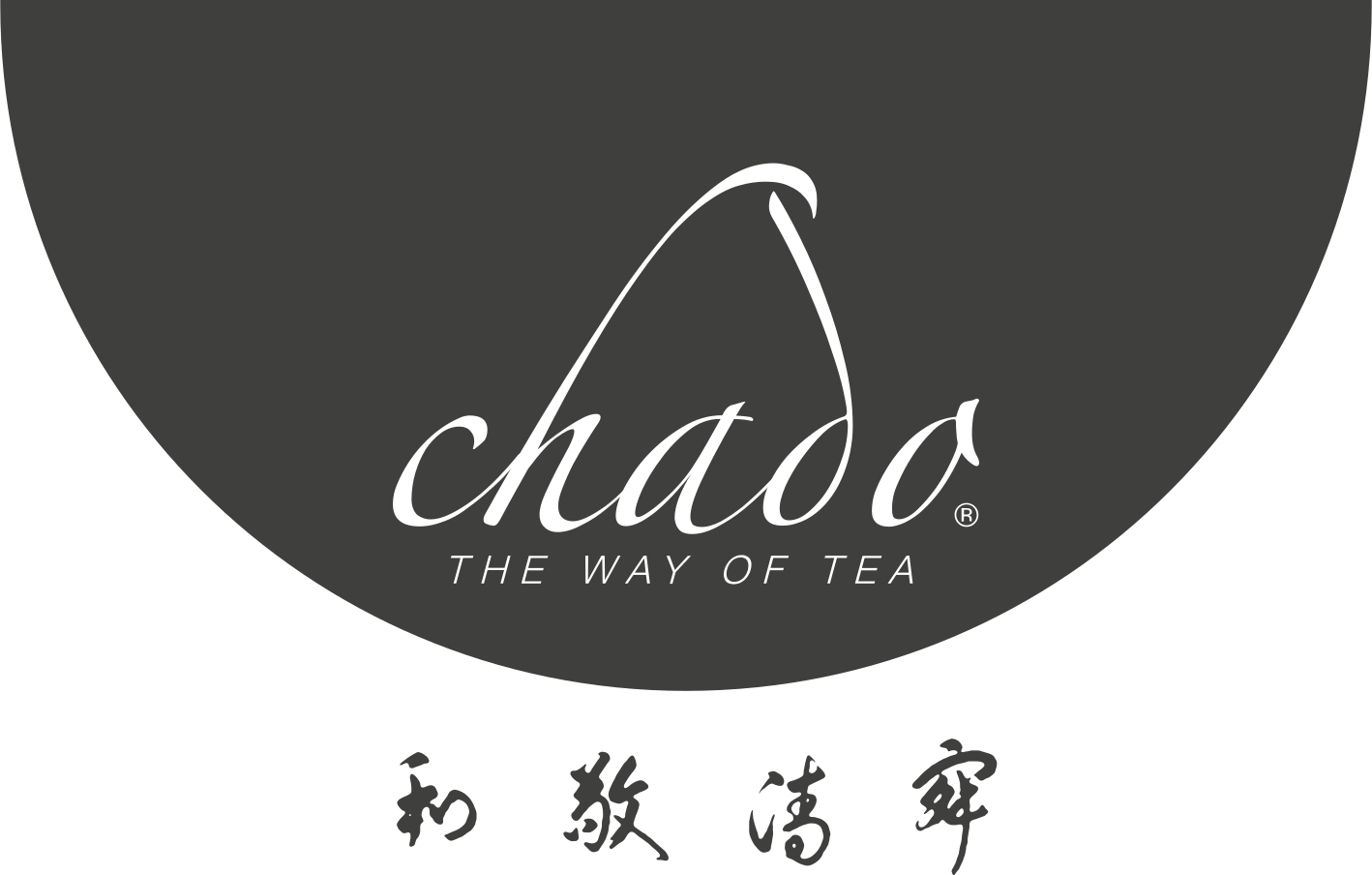Origin of Matcha
Matcha isn’t just the latest drink fad or something you choose when you’re not drinking coffee. Matcha is not a trendy drink that Hollywood actors drink gallons of. Matcha dates back nearly a thousand years, to a time when dynasties ruled China and Shogun clans ruled Japan. Here, now we will tell you the history of Matcha.
Matcha’s origins date back to China’s Tang Dynasty. The Tang Dynasty survived from the 7th century to the 10th century. During this time, the Tang Dynasty steamed tea leaves into bricks, facilitating the transportation of tea harvests and subsequently the tea trade. These tea bricks were prepared by roasting and grinding the leaves and then mixing the resulting tea powder with water and salt.
However, 10-13. The Song Dynasty, which reigned for centuries, is credited with greatly popularizing this form of tea preparation. Eisai, a Japanese Buddhist monk, spent most of his life researching Buddhism in China. In 1191, Eisai returned to Japan and brought with him the Zen Buddhist methods of preparing powdered green tea and tea seeds. It is claimed that the seeds Eisai brought from China are the ancestors of the highest quality tea leaves in Japan.
Eisai then planted these seeds on temple grounds in Kyoto, home of the Kamakura Shogun. During the reign of the Kamakura Shogun, matcha was produced only in extremely limited quantities and was thus considered a luxurious status symbol.
Shortly after Eisai’s return to Japan, Zen Buddhists developed a new method for growing the green tea plant. Tencha was developed by growing the green tea plant under shady conditions – a method largely used to maximize the health benefits of matcha.
The Ritual of Matcha
The current version of the matcha tea ceremony was not its original form. There was no specific ceremony until the 1500s. After this date, a Zen student named Murata Juko turned the tea ceremony, which was divided into parts, into a formulated ritual listed as “cultivation, consumption and ceremony”.
Zen Master Sen-no-Rikyu is largely credited with popularizing the Juko tea ceremony ritual and has become the most well-known and respected historical figure of the Japanese Tea Ceremony.
Sen-no-Rikyu established the four basic principles of the Japanese Tea Ceremony:
- Harmony (wa)
- Respect (kei)
- Purity (sei)
- Peace (jaku)
The Japanese Tea Ceremony is called “Chado” or “Sado”. Translated, this means “Way of the Tea”.

